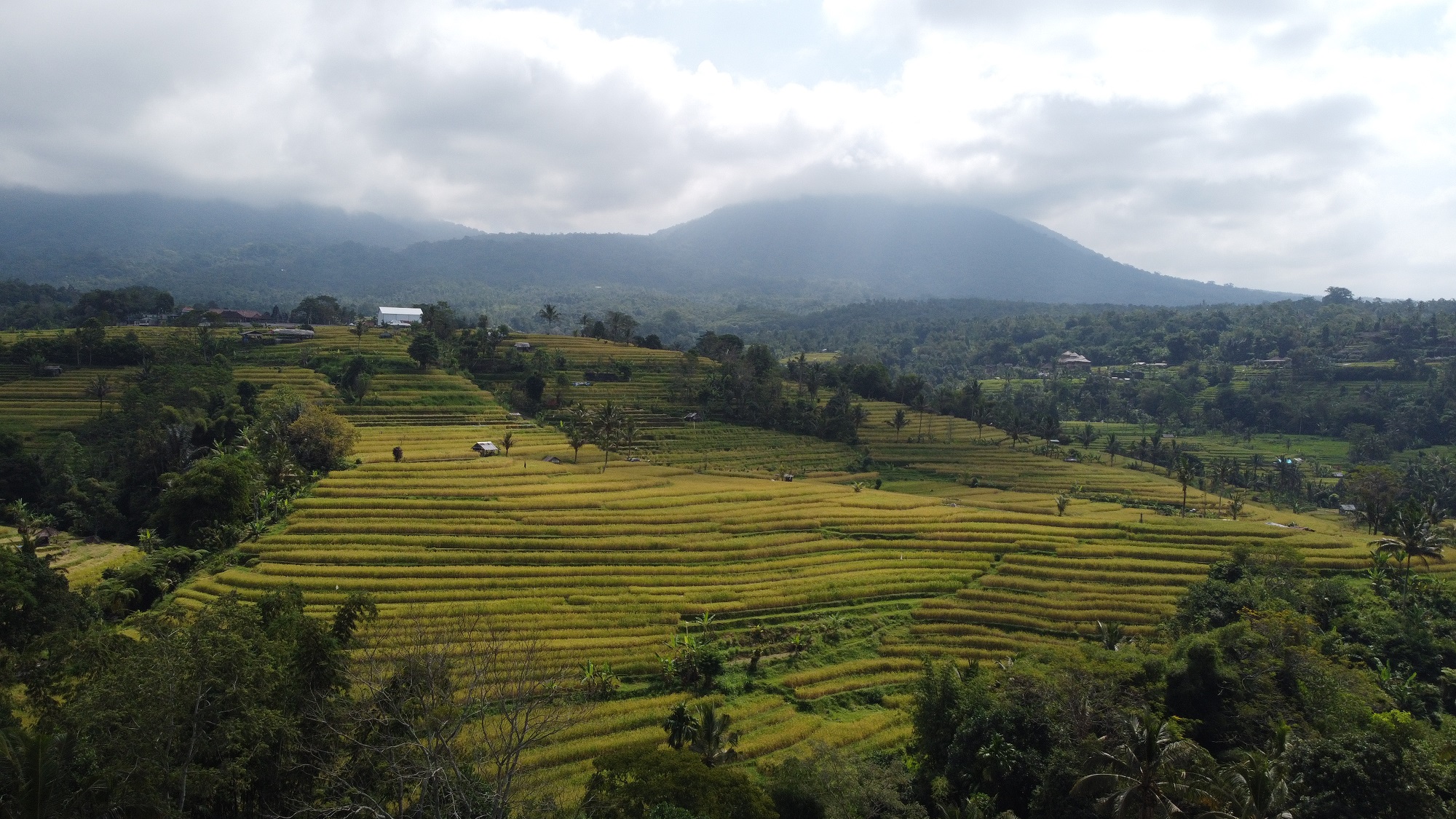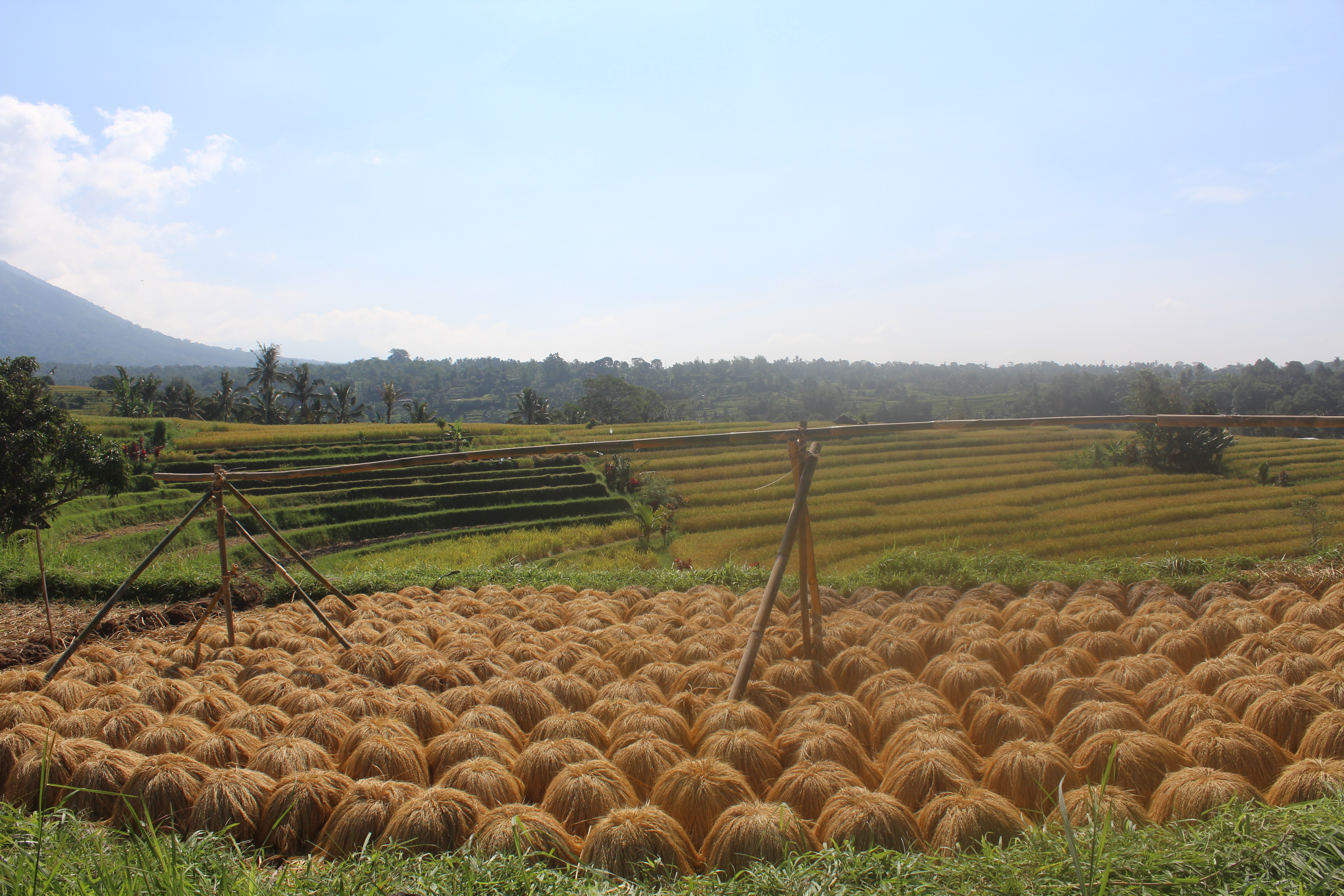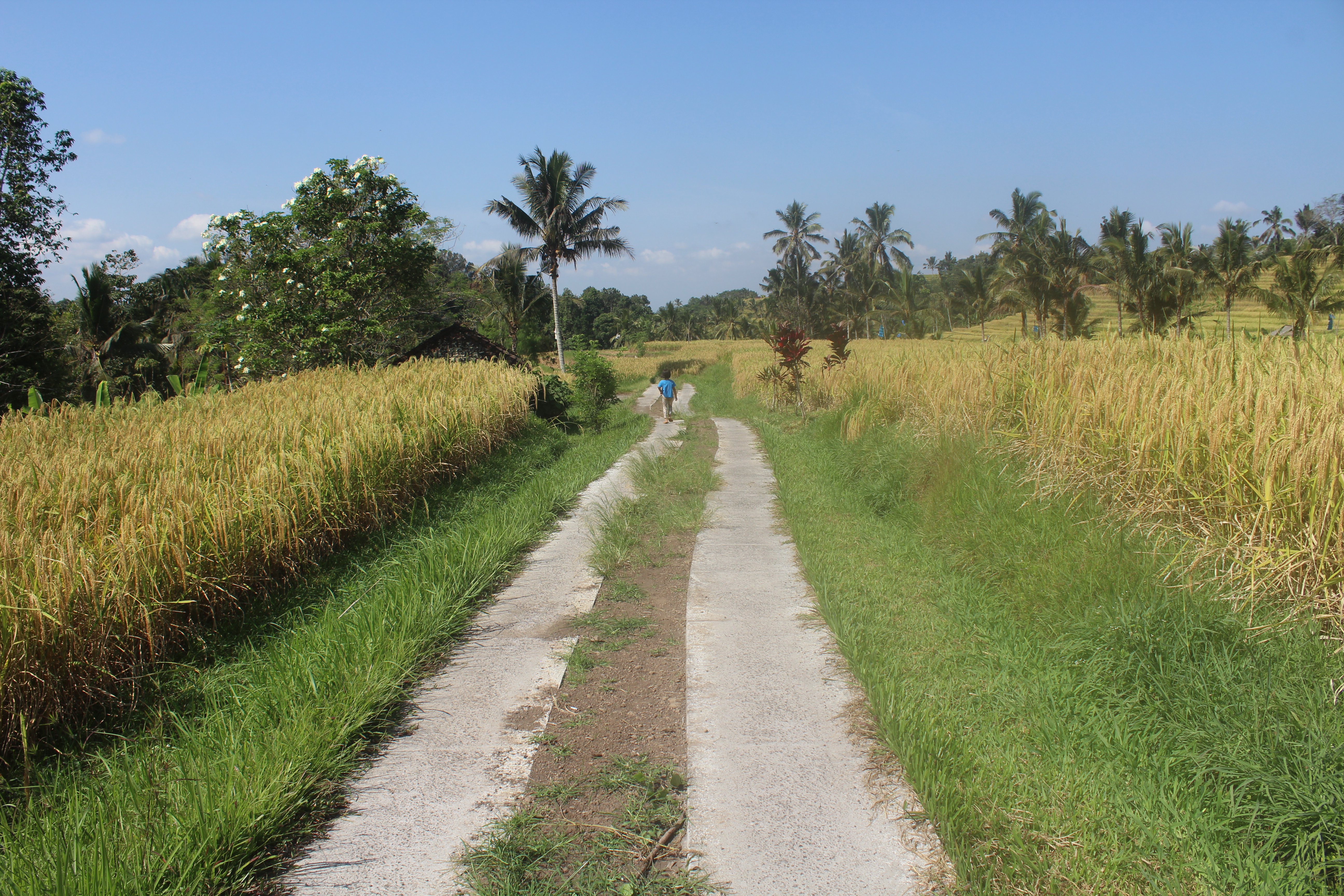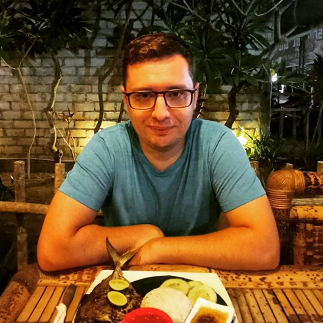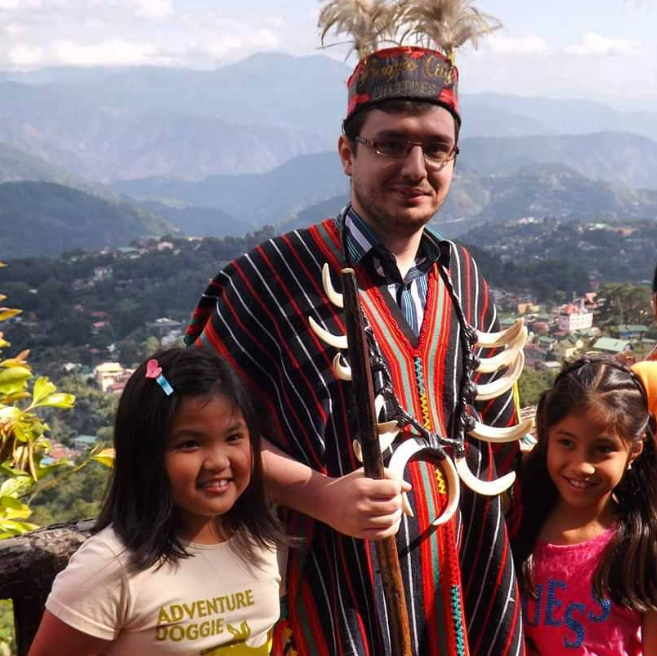Culinary Experiences in Jatiluwih
Farm-to-Table Dining
Jatiluwih is surrounded by lush rice fields and fertile land, providing the perfect setting for farm-to-table dining. Many restaurants and warungs (small local eateries) use ingredients grown right in the area, from fresh vegetables and herbs to organic rice. Visitors can enjoy meals that not only taste delicious but are also a testament to the sustainable agricultural practices of the region. One of the most popular dishes you’ll find around Jatiluwih is nasi campur. This is a mixed rice dish featuring steamed rice accompanied by small portions of various meats, vegetables, peanuts, eggs, and sambal (spicy chili paste). The rice served here is often locally grown, and the vegetables are fresh from nearby farms, giving the dish a distinct local flavor.
Bebek Betutu
For those looking to try something unique to Bali, bebek betutu is a must. This dish consists of a slow-cooked duck, marinated with traditional Balinese spices such as turmeric, ginger, and garlic, then wrapped in banana leaves and roasted for hours. The result is incredibly tender and flavorful meat, usually served with rice and vegetables. Some local restaurants around Jatiluwih specialize in this traditional Balinese dish.
Cooking Classes
For those who want to take the culinary experience a step further, some local restaurants and farms offer cooking classes. These classes allow visitors to learn how to prepare traditional Balinese dishes using fresh ingredients from the terraces and surrounding villages. Participants get hands-on experience preparing dishes like satay, lawar (a vegetable and meat dish), or even traditional desserts. The classes typically end with a communal meal where everyone can enjoy the fruits of their labor.
By dining in Jatiluwih, visitors not only enjoy a culinary journey but also a deeper connection to the land and its people. The focus on fresh, locally produced food and the strong ties to tradition make the culinary experiences here an unforgettable part of any trip to Bali.
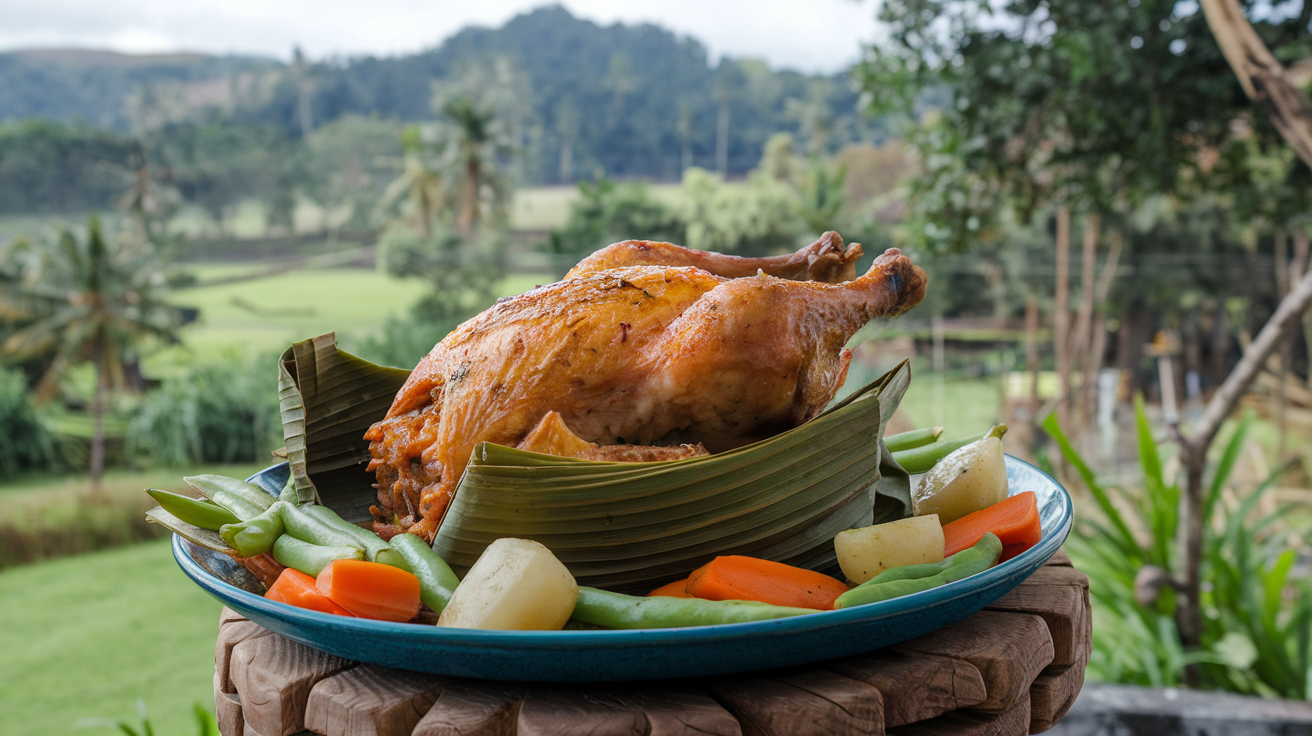
Local traditions in Jatiluwih
Dewi Sri Worship
Dewi Sri, the goddess of rice, fertility, and prosperity, plays a central role in the traditions of Jatiluwih. Farmers believe that their fields and crops are a blessing from Dewi Sri, and as such, they make regular offerings to honor her. Small shrines dedicated to the goddess are often found within the rice fields, where farmers leave canang sari (offering baskets made of leaves and flowers) as a sign of gratitude. During planting and harvesting seasons, larger ceremonies are held at the temples to ensure the success of the crops.
Galungan and Kuningan
Two of the most important Balinese festivals celebrated in Jatiluwih are Galungan and Kuningan. These festivals symbolize the victory of good over evil and honor the ancestors who return to earth during the celebrations. For 10 days, villages across Bali, including Jatiluwih, are decorated with penjor (bamboo poles adorned with offerings), and families prepare special foods and offerings. During this period, visitors may witness traditional dance performances, processions, and rituals at local temples.
Odalan (Temple Anniversary)
Each temple in Jatiluwih celebrates its odalan, or anniversary, once every Balinese year (which lasts 210 days). During this festival, locals gather at the temple to offer prayers, dance, music, and food to the gods. The temple is elaborately decorated with flowers, offerings, and traditional Balinese art. This is a time when the community comes together in celebration, and it is one of the best times for visitors to experience the vibrant spirituality of the area.
Nyepi
Nyepi, or the Balinese New Year, is a unique tradition observed across the island, including Jatiluwih. It is a day of complete silence and reflection, during which all activities are halted—no work, travel, or entertainment. The purpose of Nyepi is to cleanse the island and its people from the chaos of the previous year and to begin the new year with peace and purity. The days leading up to Nyepi feature ogoh-ogoh parades, where large, colorful statues representing evil spirits are carried through the streets to drive away negativity.
Gotong Royong
The spirit of gotong royong, or community cooperation, is a defining feature of life in Jatiluwih. This tradition involves the entire village coming together to work on communal projects, such as maintaining the irrigation system, repairing roads, or preparing for festivals. It is a way of strengthening community bonds and ensuring that the village thrives together. In rural areas like Jatiluwih, this spirit of mutual support and collective responsibility is vital to maintaining the balance between the land, the people, and their traditions.
These local traditions provide an authentic glimpse into the rich cultural heritage of Jatiluwih and demonstrate the deep connection the people have with their land, their religion, and each other. Visiting Jatiluwih allows travelers not only to enjoy its natural beauty but also to experience the living traditions that make this area a unique and sacred part of Bali.
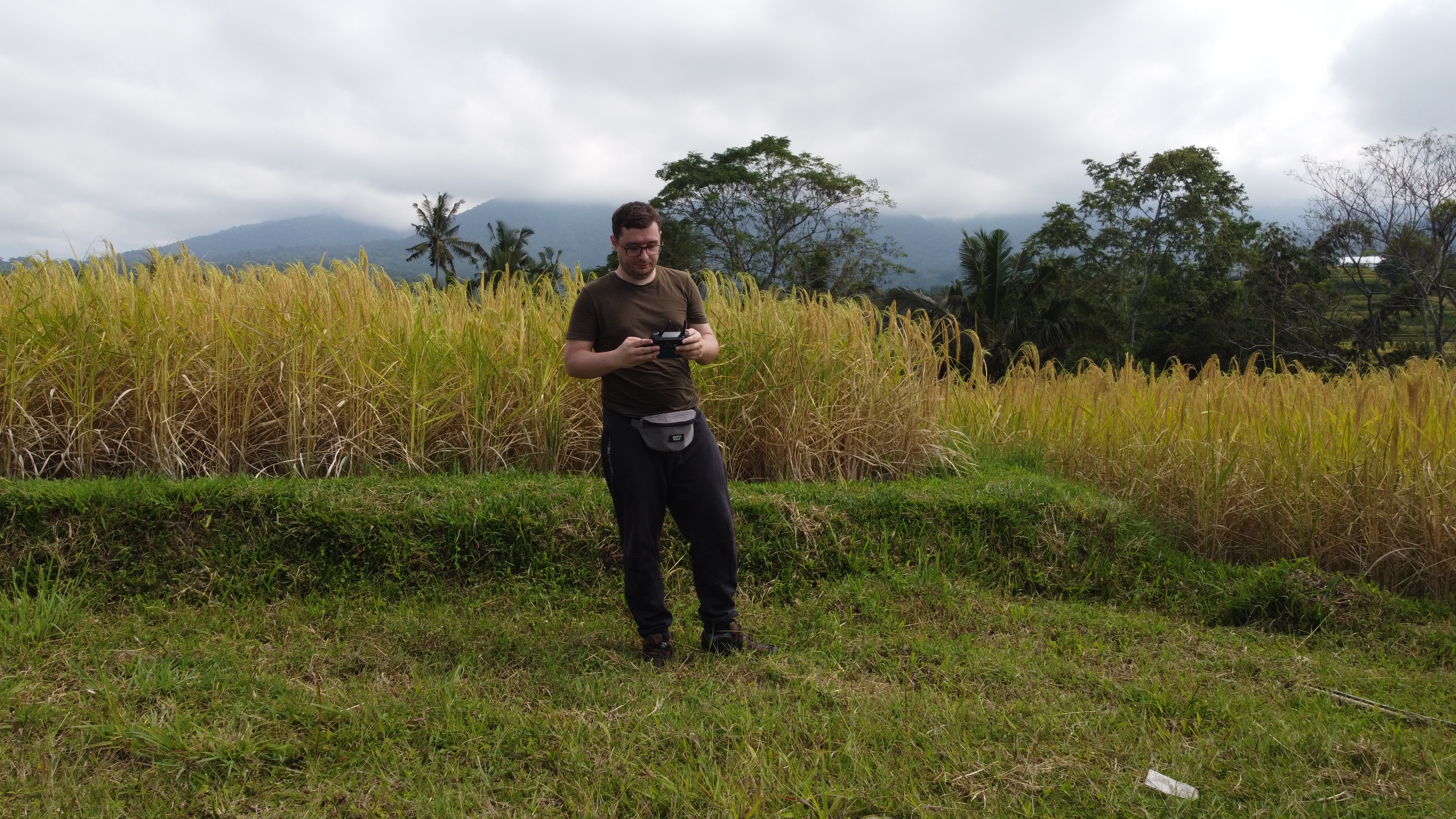
Exploring the Subak Irrigation System
Step into the heart of Bali’s agricultural genius with the Subak irrigation system, the lifeblood of the Jatiluwih Rice Terraces. This ancient method, perfected over a thousand years, channels water from volcanic lakes and springs through a maze of hand-built canals and bamboo pipes. As you wander the terraces, you’ll see it in action—water trickling steadily into each field, a testament to the ingenuity of Balinese farmers. More than just engineering, Subak is a way of life, guided by community cooperation and a deep respect for nature, earning Jatiluwih its UNESCO World Heritage title.
For visitors, exploring Subak is a hands-on adventure. Follow a local guide along the water’s path, spotting tiny shrines where farmers honor Dewi Sri, the rice goddess. You might even try diverting a stream with a traditional tool—an unforgettable glimpse into sustainable farming in Bali’s lush highlands.
Sustainable Tourism in Jatiluwih
Jatiluwih Rice Terraces isn’t just a stunning destination—it’s a model of sustainable tourism in Bali. Recognized as a UNESCO World Heritage site, this area thrives by protecting its natural beauty and cultural heritage while welcoming visitors. Local initiatives ensure tourism supports the community without harming the environment. Entrance fees, for example, fund the maintenance of the Subak irrigation system and rice fields, preserving the landscape for future generations. Strict guidelines limit overdevelopment, keeping Jatiluwih’s rural charm intact.
Travelers play a role too. Eco-friendly practices, like sticking to marked trails and avoiding plastic waste, are encouraged to minimize impact. Many local guides and homestays emphasize education, teaching visitors about sustainable farming and Balinese traditions. By choosing Jatiluwih, you’re not just exploring a breathtaking site—you’re supporting a way of life that’s thrived sustainably for centuries.
